Power failure
The odds that the average new neuroscience study’s findings are actually true are about 50-50, according to a report in the May Nature Reviews Neuroscience.
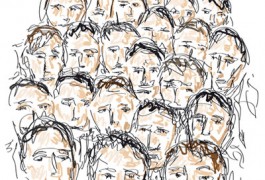
The odds that the average new neuroscience study’s findings are actually true are about 50-50, according to a report in the May Nature Reviews Neuroscience.

Epigenetics, or the chemical markings on DNA that affect gene expression, plays a role in some cases of autism, according to a study of 50 identical twins published 23 April in Molecular Psychiatry.
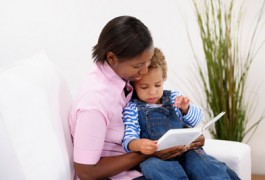
A distinct pattern of brain waves related to language comprehension predicts how well 2-year-old children with autism will fare later in childhood, according to unpublished research presented last week at the Cognitive Neuroscience Society annual meeting in San Francisco.

A century-old drug created to treat African sleeping sickness reverses several autism-like features in a mouse model of the disorder, according to a study published 13 March in PLoS ONE.
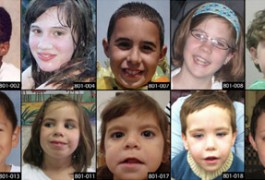
Children who carry an extra copy of the 15q11-13 region of the genome usually have autism and sleep troubles, as well as distinctive brain-wave patterns and facial features, according to a report published 14 March in Autism Research.
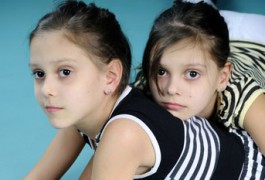
A comparison of autism-like behaviors in nearly 10,000 pairs of fraternal twins suggests that girls are somehow protected from the disorder. The findings, published 19 February in the Proceedings of the National Academy of Sciences, may partly explain why autism is four times more common in boys than girls.
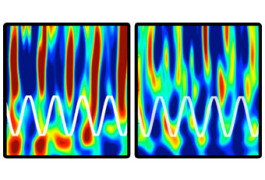
Connections between neighboring groups of brain cells are weaker in individuals with autism than in controls, according to a report published 14 January in the Proceedings of the National Academy of Sciences.
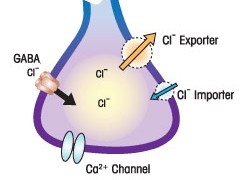
Bumetanide, a drug that’s long been used to treat high blood pressure, modestly improves social behaviors in children with mild forms of autism, according to the results of a small trial published in December in Translational Psychiatry.
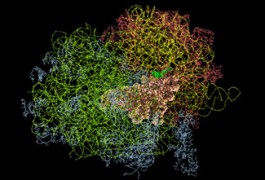
FMRP, the protein missing in fragile X syndrome, binds to the RNA sequences of 939 genes, 93 of which have been linked to autism, according to a study published 20 December in Nature.
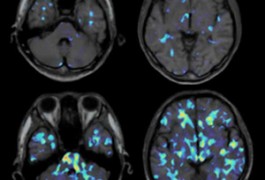
Microglia, brain cells that are part of the immune system, are more activated in the brains of young men with autism than in controls, according to an imaging study published 26 November in the Archives of General Psychiatry.